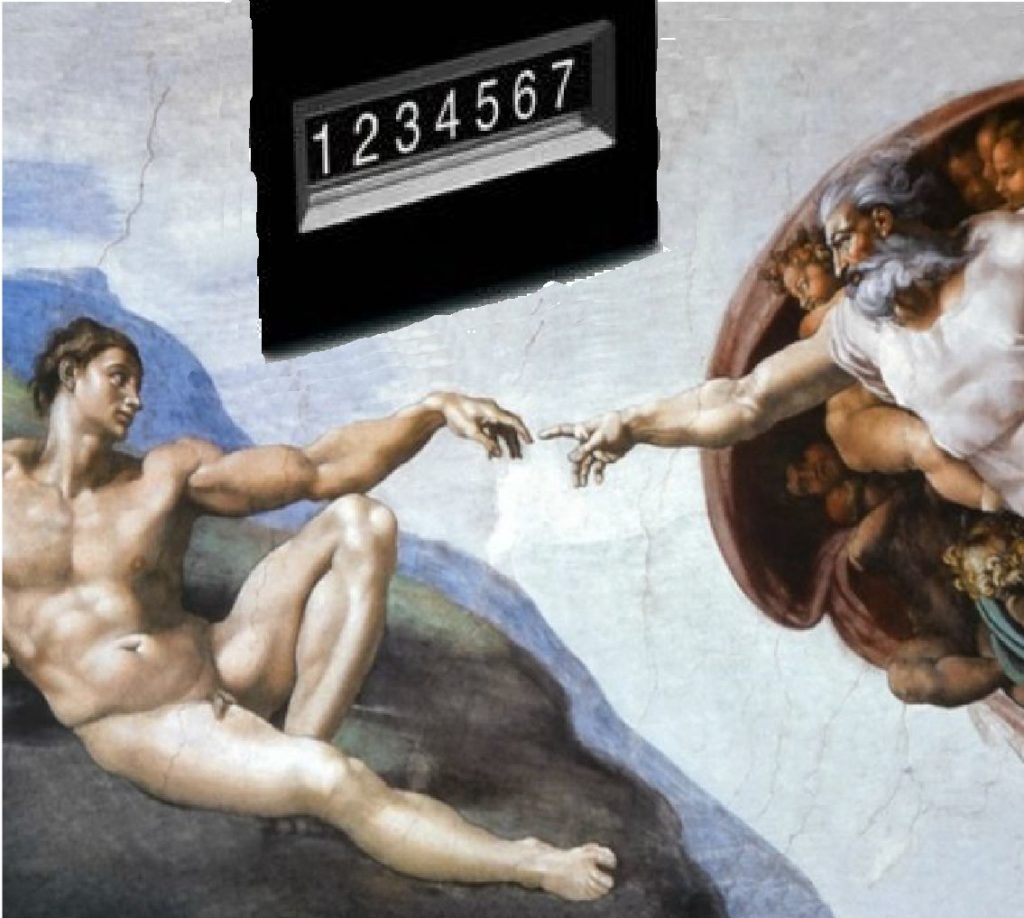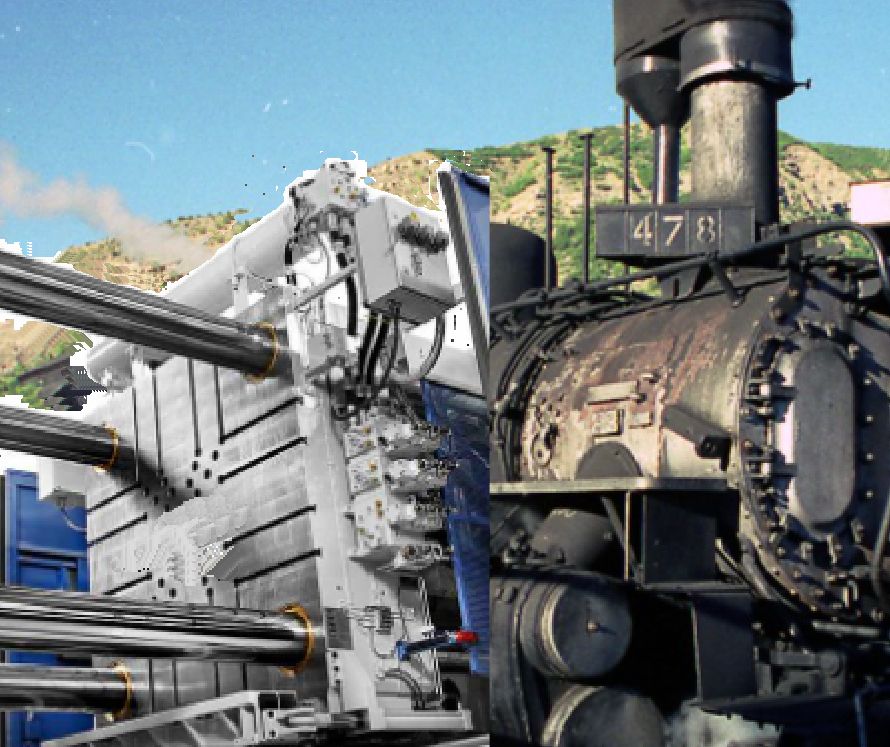
THOU SHALT NOT KID THYSELF
Usually this issue does not surface before the casting plant is making a loss. At that point in time it is no longer possible to lower the performance bar to the level that mediocre performers like. Many of them survive by coloring the reporting metrics instead of improving their personal performance. If you are a player who actually wants to improve the viability of the casting plant that funds your livelihood, you start to succeed when you ignore the colored reporting data and begin gathering data you need to guide your efforts.
My preamble sounds really pessimistic. The actual issue is how do you get out of the downward spiral. It starts with the shot counter that you cannot reset. This US$ 23 dollar item is mounted in every die cast machine electrical panel. It is wired to the control output that activates the fast shot. One count is added every time the fast shot is activated. The fact that the counter cannot be reset frustrates the players who want to color the data. If you cannot get these counters installed in your machines, it is time to start looking for other employment. It is easier to land a new job when you have one. The stated purpose for installing this counter is die life tabulation. Knowing how many shots are on a set of cavities is absolutely necessary for planning cavity replacement. You are ahead of the game if you already have shot counters that you cannot reset on your machines.
The first law of data gathering applies- Only those who gather the data believe it . Waste as little of your time as possible gathering data for others. They won’t believe it anyway. There also is a lot of gurus out there selling courses on how to spend more time gathering data. These techniques can be very useful for the singular individual who needs to employ them one time. Start simple. Record the shot counter at the start of the shift. Record it 8 hours later. Do not be surprised if the number of shots made is less than would be predicted by dividing the 8 hours by the cycle time. The best die cast results occur when even cycles occur continuously. The accounting group can tell you how many castings of each part number are sold each year. The die life report tabulates how many shots. Surprise, surprise, Not every shot turned into a sold casting. When you begin analyzing the numbers, be aware that many casting plants are only 30% efficient. (Yes it is possible to achieve 81% efficiency running 364 days/yr for 5 yrs in a row which was the track record for the plant where I learned die casting)
Keep the insight that you gain from gathering data to yourself. You are the only one that is going to believe it anyway. Especially in a plant that is not making a profit. Mediocre players are on the hot seat. Politically defending yourself will distract you from making actual improvements

